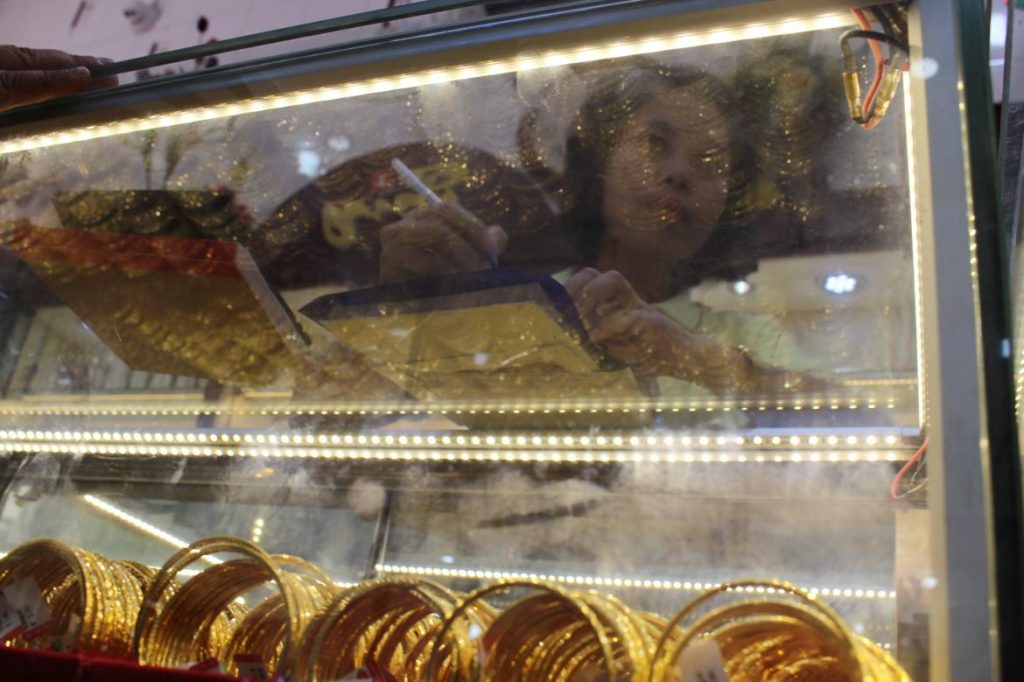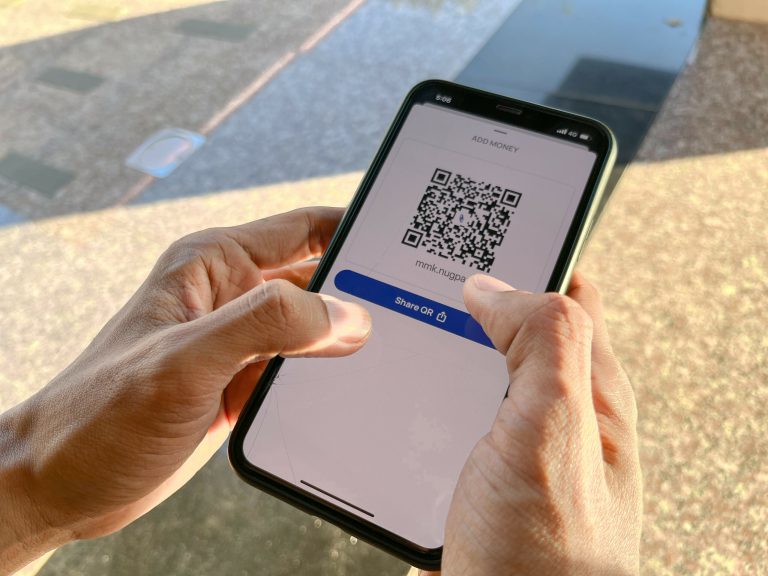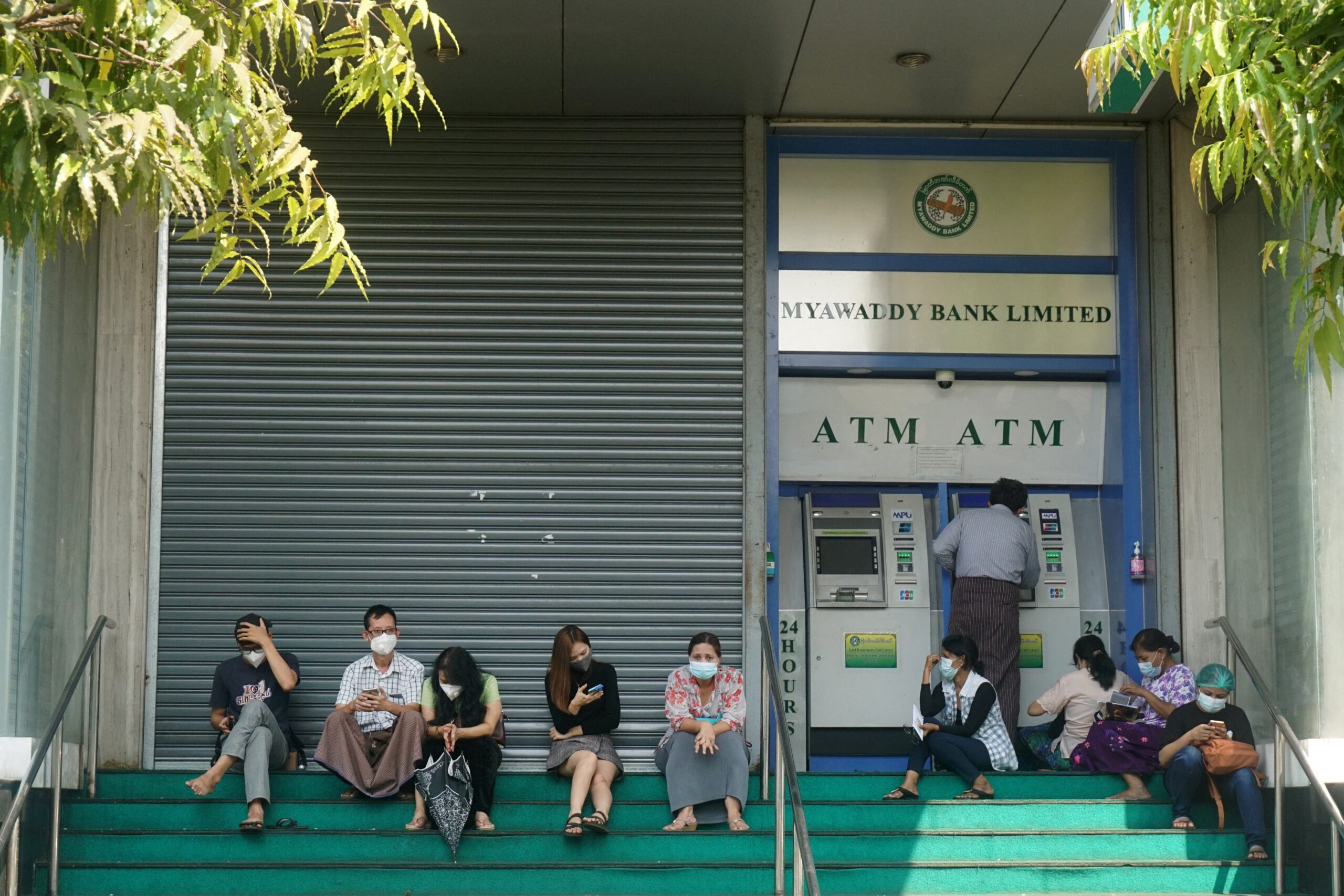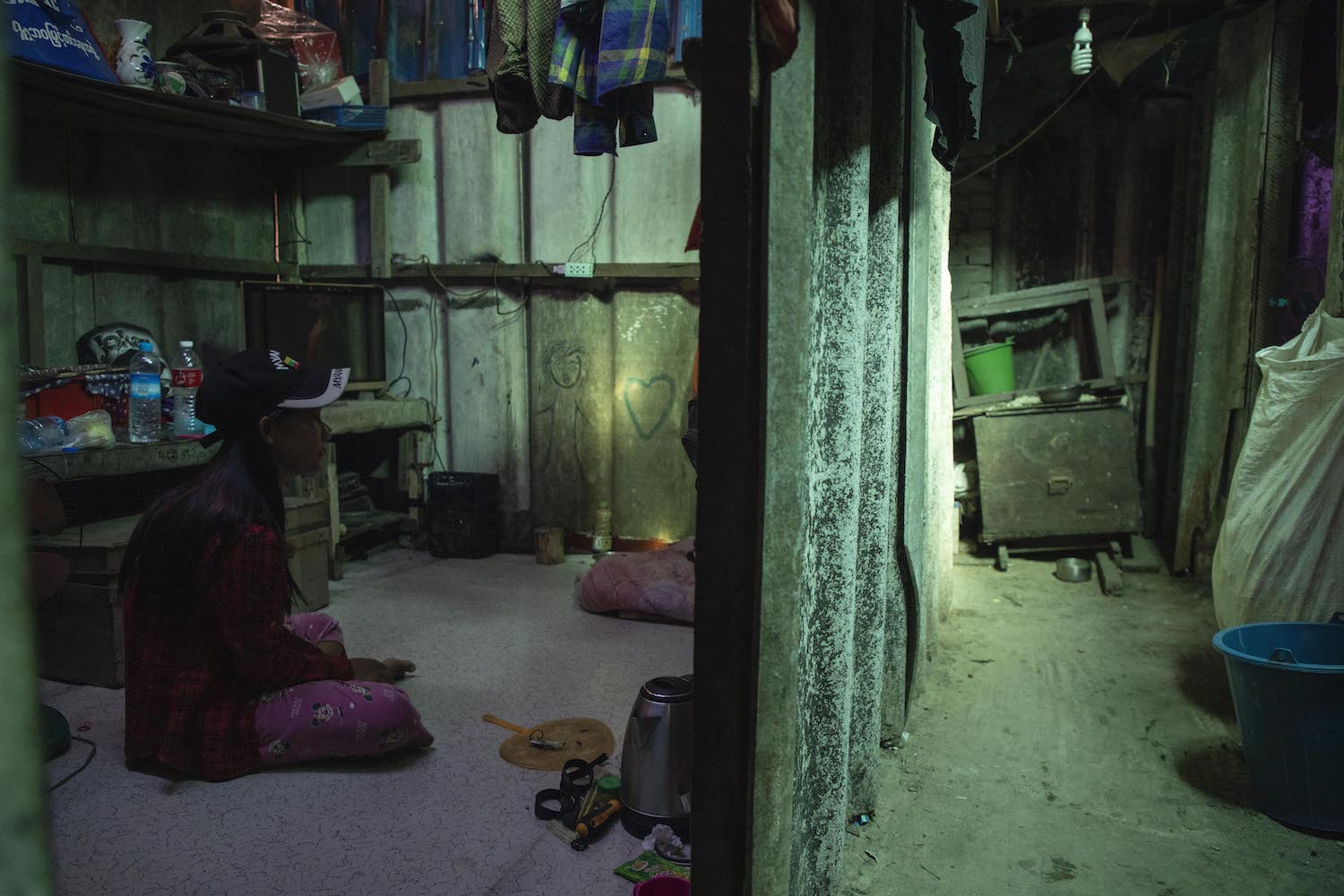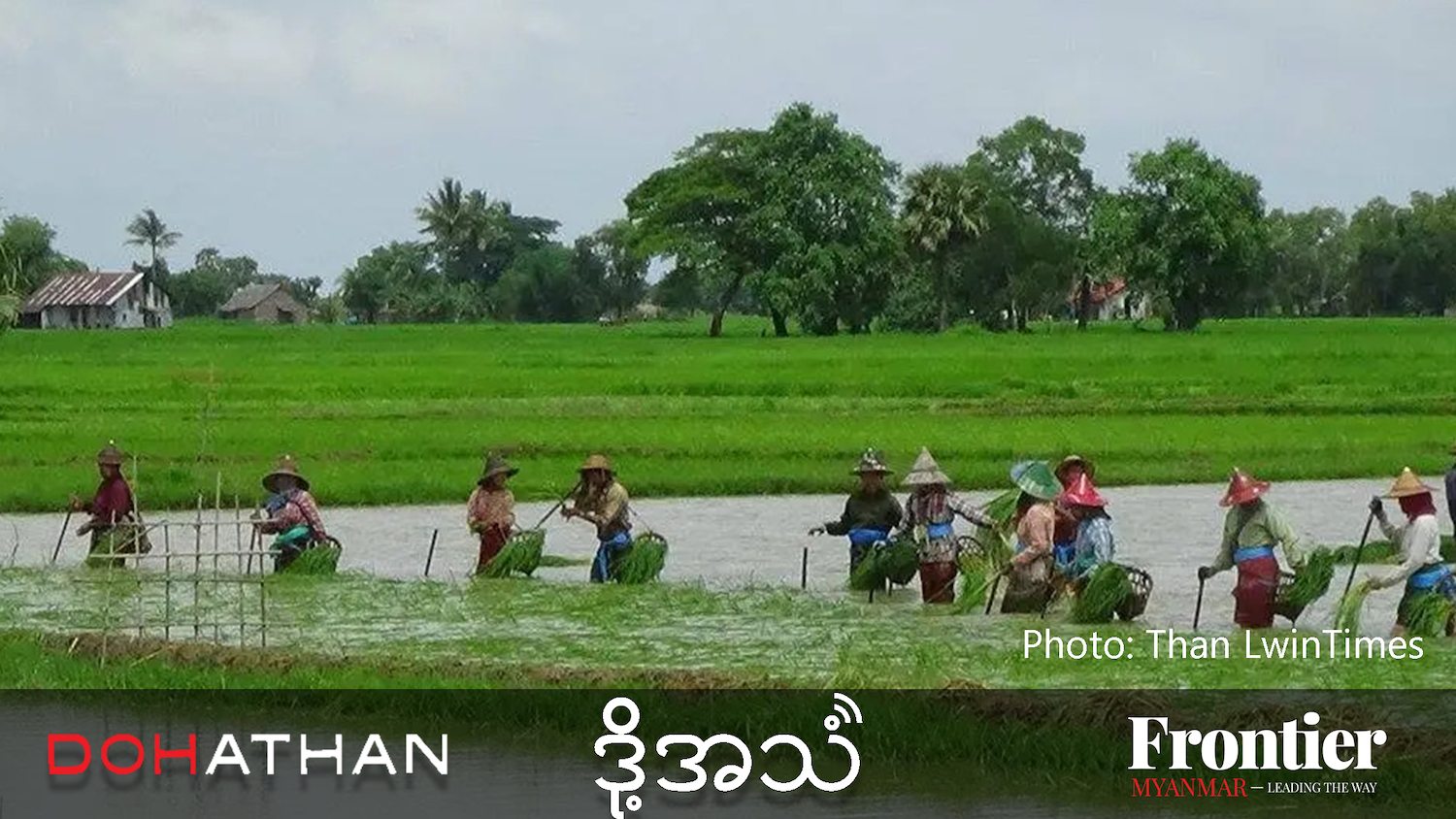The paunchy owner of an unofficial pawnshop in the eastern Ayeyarwady Delta guides me through aisles of clutter left by borrowers. River-stained fishing nets, old binoculars and mountains of bicycles tangled together in corners all serve as collateral for loans as low as a few hundred kyat. The shop is also part of his home, and it resembles a thrift store in America rather than the premises of a loan company operating on the fringes of the law.
Against one wall there are rickety stacks of metal cooking pots that have been sitting unclaimed for years. Their owners, who received them from aid agencies in the wake of Cyclone Nargis, never returned to repay the loans and collect the pots.
The pawnshop owner, who asked to remain anonymous because he feared being targeted by police, said business has been tough despite the reputation unofficial lenders have for charging excessive rates.
“I’m one of the honest ones!” he said, grinning, when I asked if he considered himself a loan shark. On the contrary, he insisted, he finds it difficult to say no to borrowers if he thinks they are struggling, even if he is not certain they will be able to repay the loan. “If they come in here crying I have to lend to them,” he said.
Neighbourhood pawnshops, and other informal lenders, are the only source of finance for most in Myanmar. The formal finance industry, crippled by decades of mismanagement by military rulers, is inaccessible to all but the wealthiest and state-run institutions don’t have the resources to effectively reach most of the largely rural population.
Support more independent journalism like this. Sign up to be a Frontier member.
As a result, about 80 percent of the population have to find other ways to raise cash to see them through a rough patch and are more likely to pawn their longyi or unearth a small amount of gold they’ve been hiding than approach a bank.
Not all lenders are as generous as the pawnshop owner claims to be. “I never lend to strangers, or extremely poor and lazy people,” said U Mya, who offers loans to people in his village of Da Ye Lu in Kungyangon township for rates of between six and 20 percent. The rate “depends on the type of borrower and their background,” he said.
The unclaimed cooking pots and bicycles in the pawnshop might suggest many are defaulting on loans, but the little reliable data available suggest repayment rates are incredibly high.
“We’ve had clients default on a loan, and then show up again to repay us two years later when they’ve managed to gather the money,” said Jason Meikle, deputy director of the Pact Global Microfinance Fund, an NGO offering business loans in some rural areas.
As Myanmar’s economy opens, there are signs formal lending may be gaining a foothold. A 2011 law made microfinance institutions officially legal. But the rules are still considered too restrictive by the industry.
PGMF and other microfinance organisations put the repayment rate for official loans as high as 99.8 percent. U Mya said that he also seldom has trouble with repayments. “If someone couldn’t repay the loan, I would sue them in front of the local chieftain. But so far I haven’t had to,” he said.
U Mya’s main source of income is not loans, he said, but rice farming and fishing. The growth of microfinance institutions in recent years has made informal lending less lucrative.
“Money lending only used to cover some of my household expenses,” he said. “Now there’s official money lending here with the support of the government, I doubt I’ll be able to make much more.”
For wealthier people, the concern is not how to borrow money, but how to save it. Few trust banks, especially since a run on accounts in 2003, and faith in the kyat was eroded by several acts of economic vandalism by the former dictator, General Ne Win. He wiped out the cash savings of millions three times by demonetizing some denominations of the kyat. The last time was in 1987 and the hardship it inflicted on the people was a major factor behind the national uprising the following year.
U Soe Paing, a rice farmer at Hmaw Pe village, near Da Ye Lu, would not dream of keeping his wealth in bundles of kyat. “I don’t trust cash, it’s not safe,” he said. Behind his house is a silo full of coarse paddy rice worth about K3.6 million (US$2,755). The silo effectively serves as a savings account and he considers it more reliable and convenient than a bank. He can store the rice for up to a year before selling. “I check with the rice brokers in Yangon. If I like the price I sell, if not I wait.”
As Myanmar’s economy opens, there are signs formal lending may be gaining a foothold. A 2011 law made microfinance institutions officially legal. But the rules are still considered too restrictive by the industry. Domestic lenders, for example, are barred from funding their operations from abroad. Meanwhile interest rates on loans are capped at 30 percent a year, while microfinance institutions are obliged to pay at least 15 percent on savings.
Critics of the cap say it prevents lenders from making enough money to cover the costs of working in rural areas, which involves setting up offices in villages, employing loan officers and transporting cash. Supporters of the cap say the rule prevents desperate borrowers from being exploited.
Another challenge for the formal finance industry is ensuring that loans and savings products are tailored to meet people’s needs, and that means providing choice. Only six percent of citizens have access to more than one formal financial product. this means that even the small number who benefit from legal finance are often limited by, for example, the fact that they can’t withdraw their savings quickly enough, or that they have to make repayments too regularly.
Although PGMF operates in Da Ye Lu, some residents still prefer informal lenders. Daw Wut Yi Zaw and her husband U Lin Lin borrowed from a local resident to build their house. Like many of the village’s 660 houses, it is a simple, one-room structure with bamboo walls and palm leaves for the roof.
By saving their earnings from selling seafood and casual labour, they managed to save two thirds of the K150,000 they needed for the house, but had to turn to a lender for the final K50,000. The seven percent a month interest rate on the loan is “really high,” said Daw Wut Yi Zaw.
But villagers still want good relationships with the lenders. After all, they are also their neighbours. Daw Tin Gyi, an elderly friend of Daw Wut Yi Zaw and her husband, sat at the couple’s side in their house. She is suspicious of microfinance organisations, and considers informal lenders an integral part of village life. “We are poor,” she said, “and they are our main suppliers of loans.”


